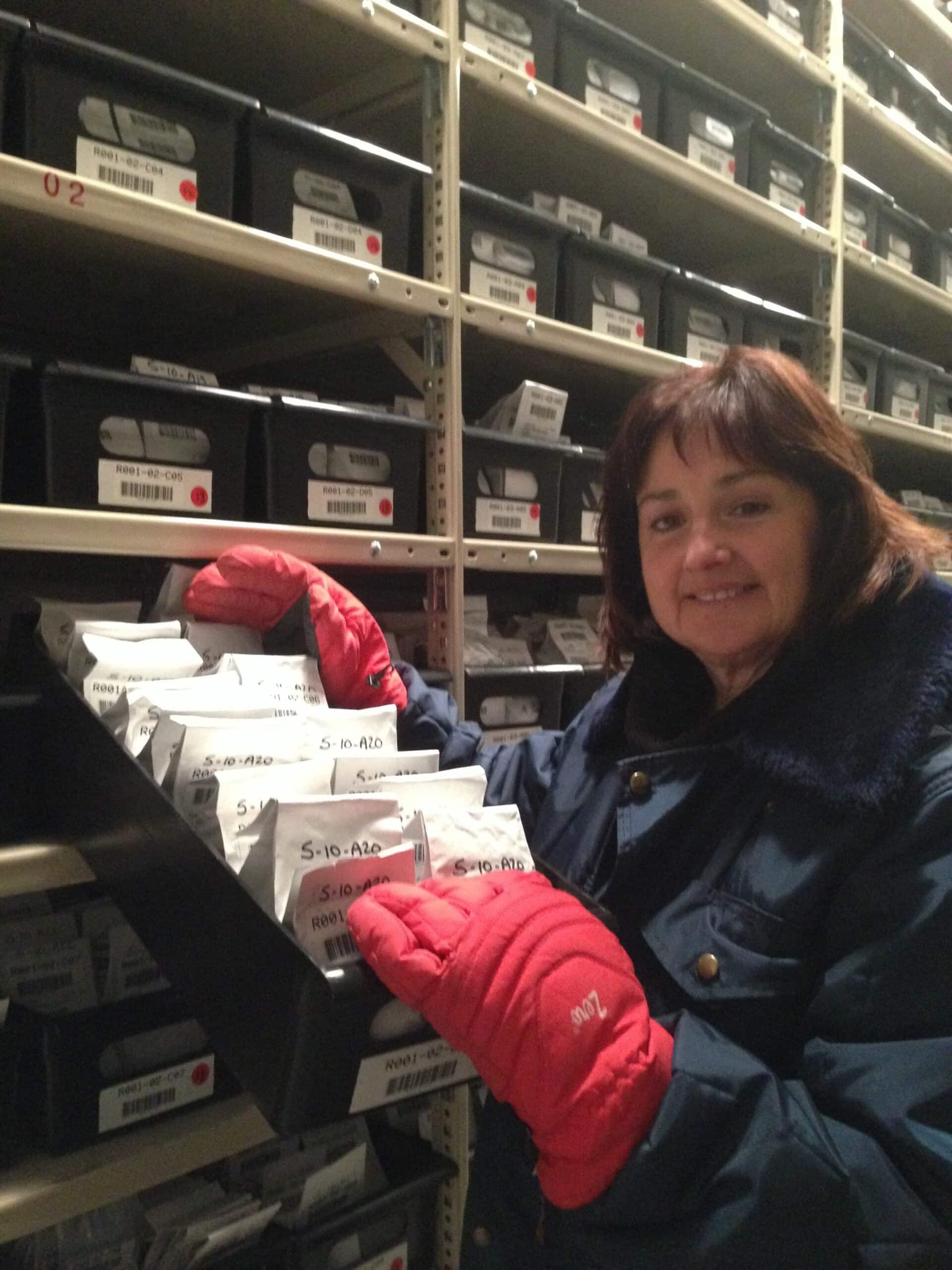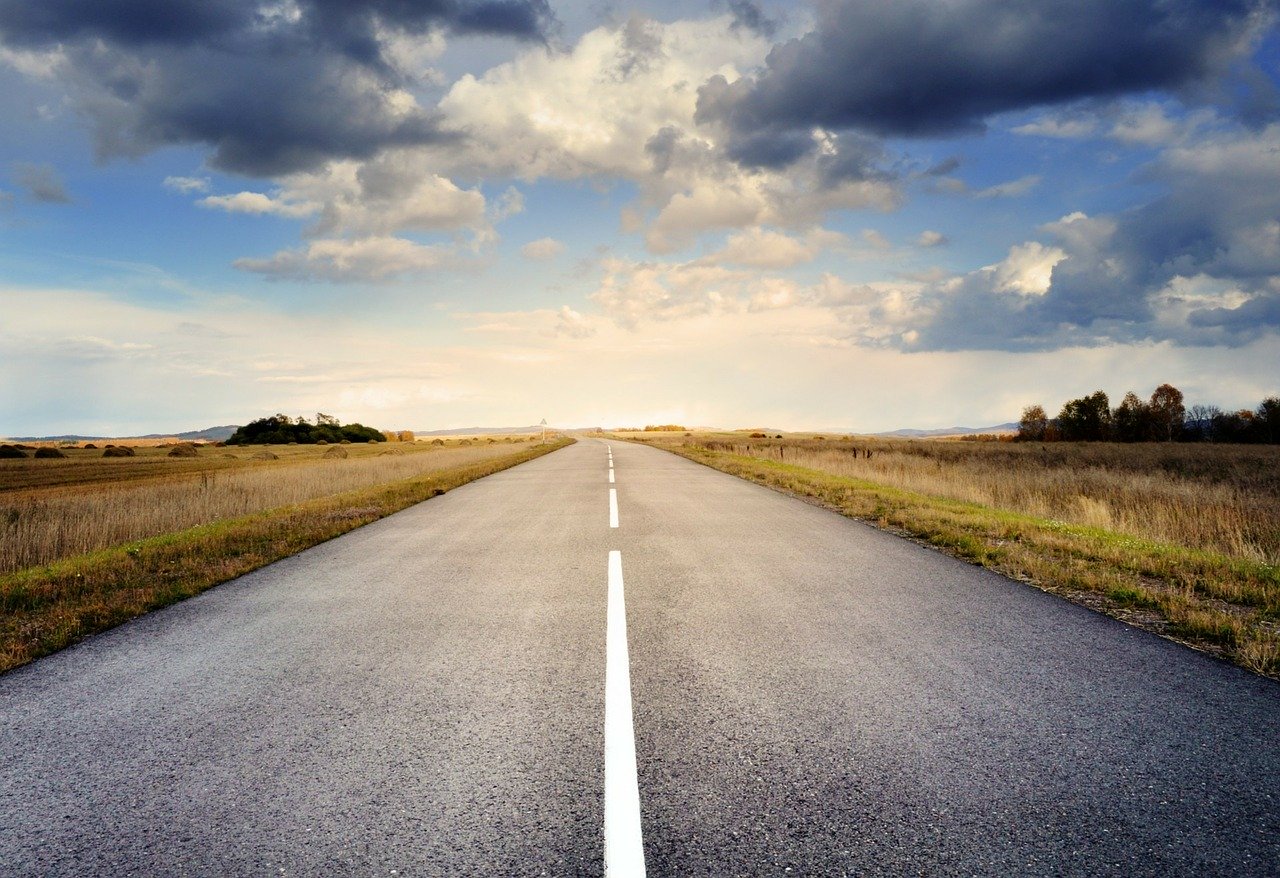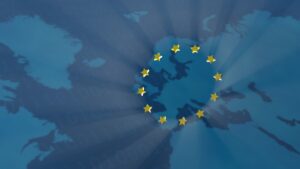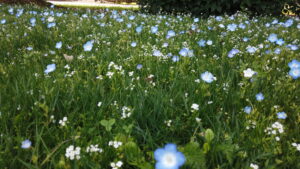Native seeds help drive sustainable ecosystem restoration.
Editor’s Note: This piece has been amended from its original text to eliminate an editorial comment about the native seed industry.
Sand-covered flood plains, wildfire scorched forests — the effects of natural disasters are far-reaching and long-lasting, with ecosystem recovery in the face of climate change spanning decades. It’s a long, hard road, with no clear shortcut in sight.
As 2020 is the International Year of Plant Health, one of the goals mapped out by the International Plant Protection Convention from the United Nation’s Sustainable Development Goals, is No. 15: To protect, restore and promote sustainable use of terrestrial ecosystems, sustainably manage forests, combat desertification, and halt and reverse land degradation and halt biodiversity loss.
Stephanie Greene, plant physiologist and seed curator for the U.S. Department of Agriculture (USDA), Agricultural Research Service (ARS) believes the seed industry is in a unique position to develop and market native species that can be used for revegetation after environmental disasters.
“Restoring landscapes using native plant species serves us in the long term because we can restore the essential ecosystem services that native landscapes provide such as watershed protection, carbon sequestration, and pollinator conservation,” Greene says.
In addition, the National Seed Strategy for Rehabilitation and Restoration provides guidance to federal land managers to use native plant materials as much as possible on public lands, and are challenged to plant the right seed in the right place at the right time.
Jill Wheeler, head of sustainable productivity for Syngenta in North America, says the future success of the industry is not only based on reducing biotic and abiotic stresses that chip away at the full yield potential of seeds, but also risk management, and perhaps most importantly, collaboration.
“One of the most important things we can do as an industry is talk more openly about what we are seeing in the environment and what we can do to manage ecosystems more sustainably,” Wheeler says. “Collaboration will increasingly be needed to address these ever-larger challenges.”
In 2019, Syngenta announced a multi-year global collaboration with The Nature Conservancy for that very reason, and many other companies and organizations are joining together as well, creating new partnerships and seeing more progress than ever before. It’s a journey the industry is taking on together.
Seeds of Success
Seeds of Success (SOS) is a national native seed collection program, led by the Bureau of Land Management (BLM) in partnership with a variety of federal agencies and non-federal organizations. Their mission is to collect native seed for research, development, and germplasm conservation, as well as ecosystem restoration. It began in partnership with the Royal Botanic Gardens, Kew Millennium Seed Bank (MSB), to collect rare flora, but Peggy Olwell, BLM Plant Conservation and Restoration program lead, saw a different vision.
“We already have the Center for Plant Conservation, a consortium of 62 institutions, that collects those endangered plant species, but we did need native seeds,” Olwell says. “When we did restoration plantings, we couldn’t find native seed on the commercial market. At that time, we were buying maybe 70% non-native seed to put in after wildfires and that is just not going to work well for habitat restoration.”
The long-term conservation outcome of the SOS program is to support BLM’s Native Plant Materials Development Program, whose mission is to increase the quality and quantity of native plant materials available for restoring and supporting strong ecosystems.
SOS has grown to include a variety of partners such as botanical gardens, zoos, and municipalities. However, SOS teams share a common protocol and coordinate seed collecting and species targeting efforts.
Leah Prescott, SOS national curator, says the program has now trained over 2,000 interns and often has more than 50 teams collecting seeds within a calendar year.
“We have a target species list template for our teams to use, and we ask them to aim for at least 10,000 seeds to go into long-term storage with the ARS, but anything they can get above that goal can be used for restoration,” Prescott says. “Some teams are working on a specific restoration project and aim for 70,000 seeds, but many are working on smaller research efforts and aim for 12,000-15,000.”
It’s important that teams collect seeds evenly and randomly, with no more than 20% of the original population used for collection in order to preserve the original populations.
Once seeds are collected, they are cleaned at the USDA Forest Service’s Bend Seed Extractory in Oregon, and then sent to various storage locations, including the U.S. National Plant Germplasm System (NPGS). The NPGS freely distributes small amounts of seed to researchers.

“The reason we do this, is to provide a reservoir of diversity for breeders to find novel traits. Diversity is being lost, not only crop diversity as we modernize, but wild diversity is being impacted by urbanization, changing climates, invasive species; our seed collections conserve this diversity and make it available for use- that’s one way we are working to solve issues,” Greene says. “Genetic uniformity directly impacts plant health; in that it creates plant health vulnerability. As we restore landscapes impacted by natural disasters, we need to focus on ensuring genetic diversity is present, not only plant species diversity, but genetic diversity within a single species.”
Plant Health Priorities
Plant health is at the center of all these efforts, not just for food crops, but also the overall ecosystem.
Wheeler says it isn’t just plant health that must be considered, but soil health too.
“We will get better at managing ecosystems as a whole, and innovating to generate increased plant health less from add-ons such as nutrients and more from the biology happening beneath the surface,” Wheeler says.
Philipp Simon, USDA-ARS research lead and professor at the University of Wisconsin understands that unhealthy plants have minimal value in agriculture.
“Plant health is the leading critical variable wherein success must be achieved,” he says. “Without plant health, little else matters if agriculture is to continue to play its critical role to meet the needs of future generations.”
Simon has been working for many years to improve fresh market carrots, targeting flavor, nutritional quality, disease and abiotic stress resistance, specifically in regard to soil salinity, as well as genetic mapping. As a plant breeder and geneticist, Simon says anticipating what ecosystem changes will most effect growers in the future is key to improving plant health.
“We have to aggressively do field and lab research, and field trials, to speed up the breeding effort in improving the crop, carrots in my case, for the big three threats that are best-established‚Äìheat, salinity, and drought,” Simon says.
While Simon’s work has focused more on food supply than habitat restoration, the breeding principles are similar, as are the challenges.
“Getting ‚Äòbuy-in‚Äô from the public and private sectors that there is a challenge to overcome is a challenge,” Simon says. “There is also a need for encouragement, including rewards, for even modest success, using not only all the best high-tech approaches such as gene editing and elegant phenotyping, but also, and importantly, the not-very-flashy but well-proven methods of crop testing and production.”
It’s a long process, which is why those involved in restoring habitats after natural disasters have an increased sense of urgency.
“Getting improved traits into new cultivars can take decades but can be sped up effectively with more aggressive research,” he says.
Wheeler is excited about the possibility that computational biology brings, which helps bring products to market faster and more efficiently.
“As climate change accelerates, that will be more and more important,” she says.
Mapping Out a Future Focus
The SOS is currently working through an evaluation to determine the biggest collection area gaps. Ecoregional evaluations are also needed to determine how far a seed can be planted from its original collection site.
“We‚Äôre working with our partners at the federal agencies to develop empirical seed transfer zones, which are based on genetics and specific traits,” Olwell says. “In the meantime, we have provisional seed transfer zones, which are based on areas that have similar temperatures and moisture levels.”
The National Forest Service conducted a test in 1987 by planting sagebrush collected from 13 different areas in three different locations. Five years later, all the tests still looked strong, but over 20 years after the original test planting, the results were drastically different.
“Only one of the original seed provenances was still at 100% survival while the others were all less than 50%,” Olwell says. “The issue with using non-native, non-local seed for restoration is that we cannot afford to think we are restoring these areas, only to find out years later that we really weren’t.”
In addition, the National Academies of Sciences, Medicine, and Engineering is currently working to assess federal, state, tribal and private sector needs and capacity for supplying native plant seeds for ecological restoration and other purposes.
“Once we see where our needs are geographically and species wise, we can better target how we can get the industry to respond and work with us, to get those needs met,” Olwell says.

“We‚Äôre investing in various ways to work with growers, including our Sagebrush in Prisons project, which has grown more than one million sagebrush seedlings, but we are envisioning a lot of growth in this industry and will need partners to be native seed growers,” Olwell says.
Moving Forward
Revegetation brings many specific challenges, especially when considering the challenges of collecting or producing native seed.
“Native plant species are difficult to use because they are wild — they are tough to establish, they are genetically heterogenous, frequently have poor seed production and other wild traits that make them tough to use, compared to our domesticated crop species,” Greene says.
However, using the necessary native genes with modern seed advances could be the highway to success that’s needed to combat land degradation.
“If we can explore the middle ground, perhaps by attempting to breed native materials that maintain their unique adaptation to place, yet are easier to grow and establish and provide a return on investment, we are more likely to overcome current challenges,” Greene says.
Partnerships will be key to moving forward, capitalizing on seed industry knowledge and skills in breeding, as well as commercial seed production, distribution and marketing.
“Plant breeders need to focus on improving traits that make native species easier to deploy, while maintaining the unique characteristics that make them adapted to a particular environment,” Greene says.
And, that all has to happen in the face of a changing climate.
“As the climate changes, what worked 10 years ago in one place may no longer be the best option for that place today,” Wheeler says.
“That’s why this is so important,” Olwell says. “In terms of the planet warming, we have developed most of the food crops we have for a cooler, wetter climate, and it just might be the BLM lands and desert lands that will have the drought tolerate genes we need. If we don’t keep those ecosystems thriving and protect those native seeds, the foods of the future will be limited. It’s really all connected.”
The road isn’t an easy one, but it’s the only way to pave the way toward a healthier future for everyone.













